In an effort to curb nighttime disturbances and juvenile crime, the District of Columbia has launched a bold new initiative: extended curfew zones targeting youth gatherings. Mayor Muriel Bowser, backed by the D.C. Council, is enforcing a stricter policy that aims to prevent large groups of minors from assembling after dark in so-called “hot spot” neighborhoods. The latest measure is a response to a recent uptick in juvenile-related incidents — many believed to be organized via social media — that have disrupted public spaces and put communities on edge.
What Is the New Curfew Policy?
As of this summer, any person under 18 years old in D.C. is prohibited from being in public between 11 p.m. and 6 a.m., effective every day through August 31. The rest of the year, the curfew remains the same for weeknights but begins an hour later — midnight — on weekends. This curfew applies to anyone under 17 years old outside of the summer months.
However, a significant change is the introduction of “extended juvenile curfew zones” — areas where the curfew starts even earlier. In these zones, police can restrict gatherings of nine or more minors after 8 p.m., enforcing a four-day temporary ban at a time. Officers must issue two verbal warnings before they can take enforcement actions.
Where Are These Zones Being Used?
The first zone was designated in Navy Yard, following a disturbance involving juveniles over Memorial Day weekend that resulted in six arrests. The idea for these zones is modeled after similar temporary drug-free areas implemented in 2023. Police are authorized to set up multiple zones as needed, provided they give public notice in advance.
These extended curfew areas aim to disperse large youth gatherings before they escalate. Although only one zone has been declared at a time so far, officials believe the power to enforce early dispersals will help contain spontaneous mobs that could result in public disorder or violence.
What Happens if Youth Are Out After Curfew?
If a minor is caught out after curfew without a valid exception, they are typically brought to a D.C. police station or Youth Rehabilitation Services facility until a parent or guardian can retrieve them. While the law allows for up to 25 hours of community service or a $500 fine for the guardian, these penalties are rarely enforced.
In fiscal year 2024, only 76 juveniles were detained for curfew violations:
-
45 were released to a guardian
-
25 were turned over to the Child and Family Services Agency
-
6 went into the custody of the Department of Youth Rehabilitation Services (DYRS)
So far in 2025, only a few curfew violations have been recorded weekly — 11 one week in May, and 10 during a week in June — indicating limited but targeted enforcement.
Are There Exceptions?
Yes. Minors are allowed outside after curfew if:
-
Accompanied by a parent or guardian
-
Running a family errand
-
Standing outside their own residence
-
Attending school, religious, or sanctioned community events
These exceptions are crucial to prevent unnecessarily penalizing law-abiding youth engaged in legitimate activities.
Why Implement These Rules Now?
D.C. officials cite a rise in violent crime and a noticeable pattern of large juvenile gatherings — sometimes disruptive or violent — as justification. Incidents in Navy Yard, U Street, and Columbia Heights have raised alarm among residents and law enforcement alike.
Additionally, authorities say that social media-fueled meetups have introduced new complications. The curfew zones are intended as a tool for police to respond preemptively to potential unrest, rather than react once incidents have already occurred.
Is This Approach New?
No. D.C. has long used youth curfews. The current structure dates back to the mid-1990s, when teens under 17 were first required to be home before 11 p.m. during weekdays and midnight on weekends. That law was challenged by the ACLU and initially struck down by federal courts, but it was later reinstated in 1999.
In 2006, D.C. imposed a tougher summer curfew requiring all under-18 youth to be off the streets by 10 p.m. Similar efforts were proposed again in 2007 and 2010, but failed to gain traction. In 2023, amid another spike in violent crime, Bowser renewed enforcement efforts, particularly in neighborhoods like Chinatown, Congress Heights, and 14th Street.
What Are Neighboring Areas Doing?
Other jurisdictions have adopted similar approaches. For instance, Prince George’s County has enforced a 5 p.m. weekend curfew for youth under 17 at National Harbor — a rule that returned this year following successful implementation in 2024. Likewise, the City of Laurel has recently enacted its own 11 p.m. curfew for minors.
Do Curfews Actually Work?
The evidence is mixed. Critics have long questioned the effectiveness of curfews, arguing they don’t significantly reduce juvenile crime. A 2003 study on D.C.’s curfew found minimal impact, and a 2014 analysis suggested that violent incidents, including shootings, sometimes increased during curfew hours, possibly because public spaces became less populated and thus more vulnerable.
Legal experts like Art Spitzer of the ACLU previously dismissed curfews as largely symbolic, pointing out that a $500 fine is unlikely to deter a minor already engaged in criminal behavior like drug dealing or gun possession.
However, Police Chief Pamela Smith insists that the objective isn’t punishment — it’s protection. The intent, she says, is to keep minors out of harm’s way, not entangle them unnecessarily in the justice system.
More Than Enforcement: Curfews as a Message
Mayor Bowser has acknowledged that curfews alone won’t solve youth crime. But she argues they send a powerful message: parents must take responsibility.
“Everybody is interested in more parental accountability,” Bowser said. “You know the value of saying to a parent, ‘You should know where your kid is and that you’re responsible for their negative actions.’”
D.C. Councilmember Robert White added a cultural perspective: “We know the streetlight rule. I think the streetlights is the right time,” referencing a longstanding community norm where kids were expected to be home when the streetlights came on.
Are There Better Alternatives?
Many argue that youth engagement is more effective than enforcement. Critics suggest expanding late-night programming, job training, and safe community spaces. Bowser supports that idea, too. The D.C. Department of Parks and Recreation is currently running Late Night Hype events, offering structured recreation from 7 to 11 p.m. on weekends.
“We want our young people to be able to socialize safely and appropriately,” she said.
Final Thoughts
D.C.’s latest curfew policy represents both a preventive tool and a symbolic gesture — one that seeks to balance public safety with youth development. Whether or not extended curfew zones will have lasting impact remains to be seen, but city officials are betting that combining enforcement with engagement will be the most effective path forward.

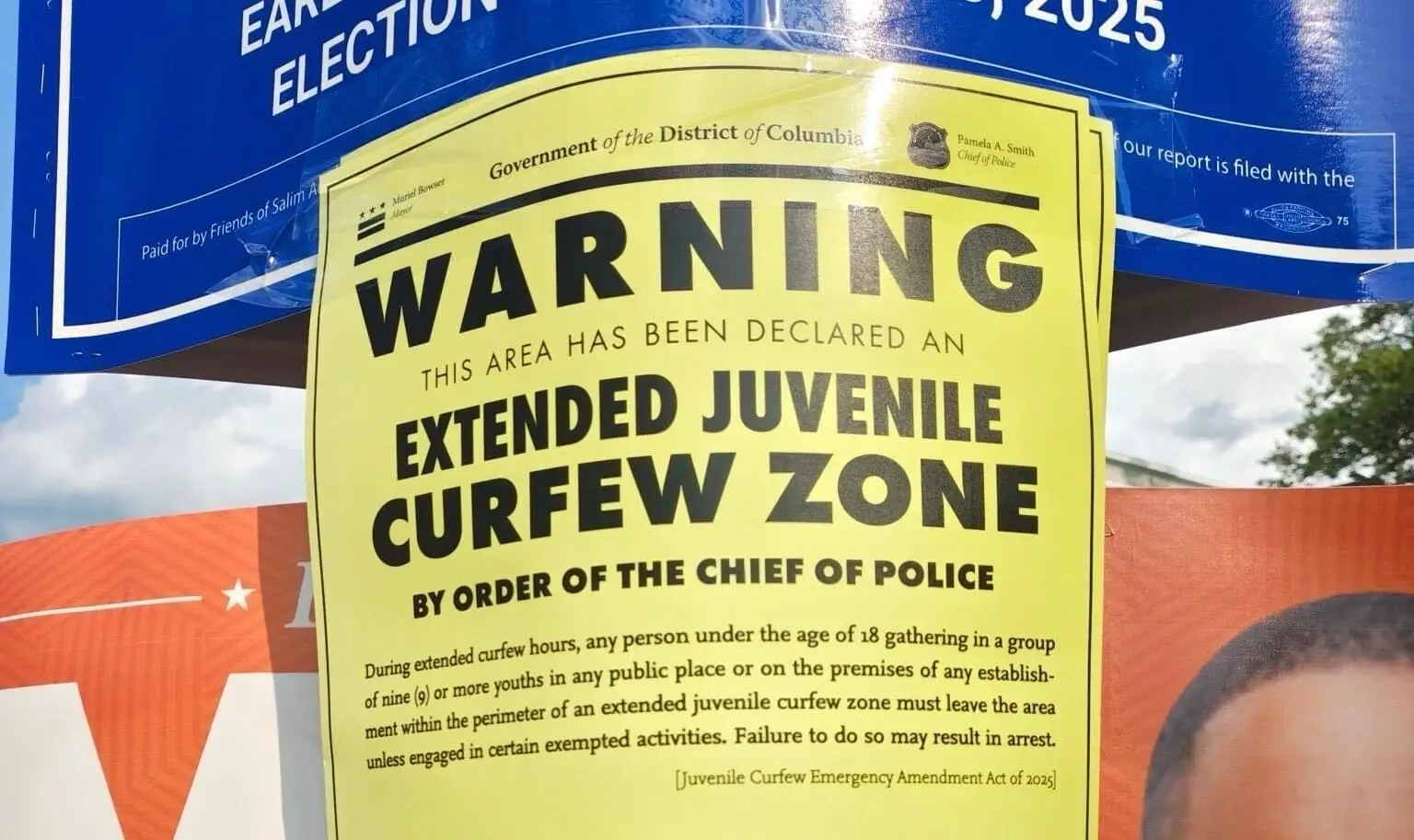
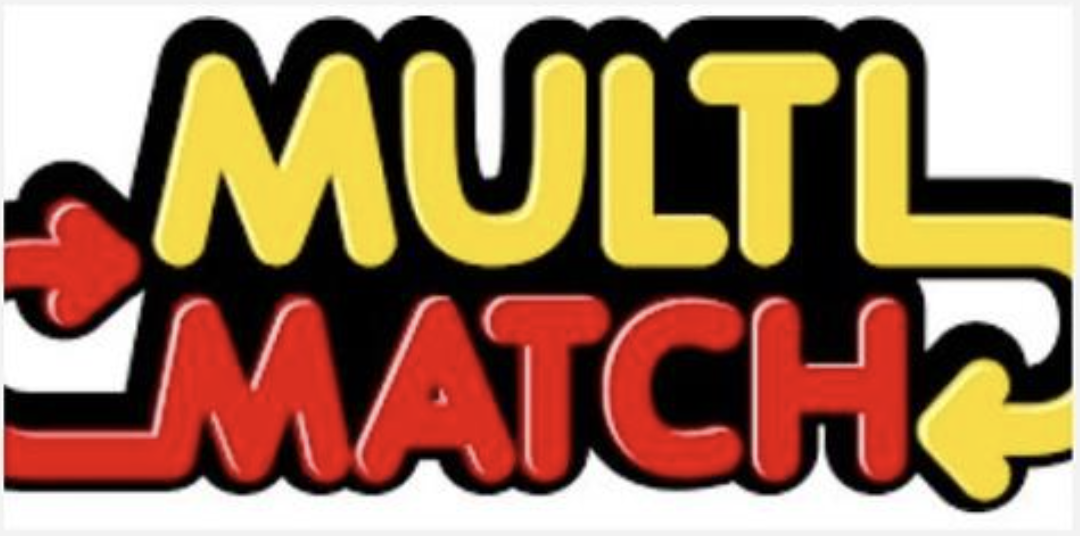
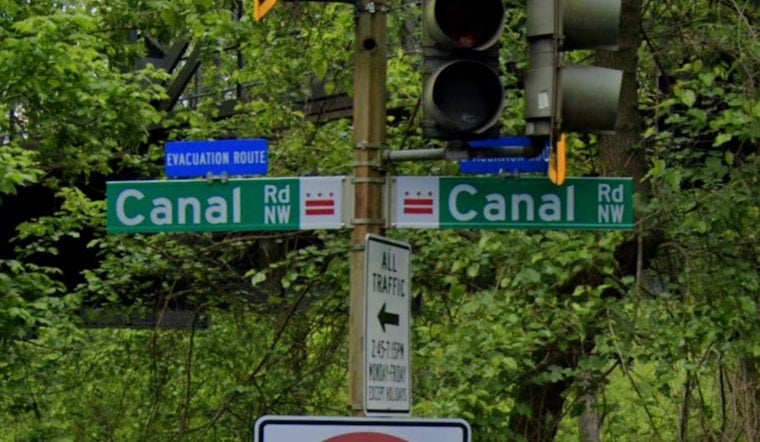
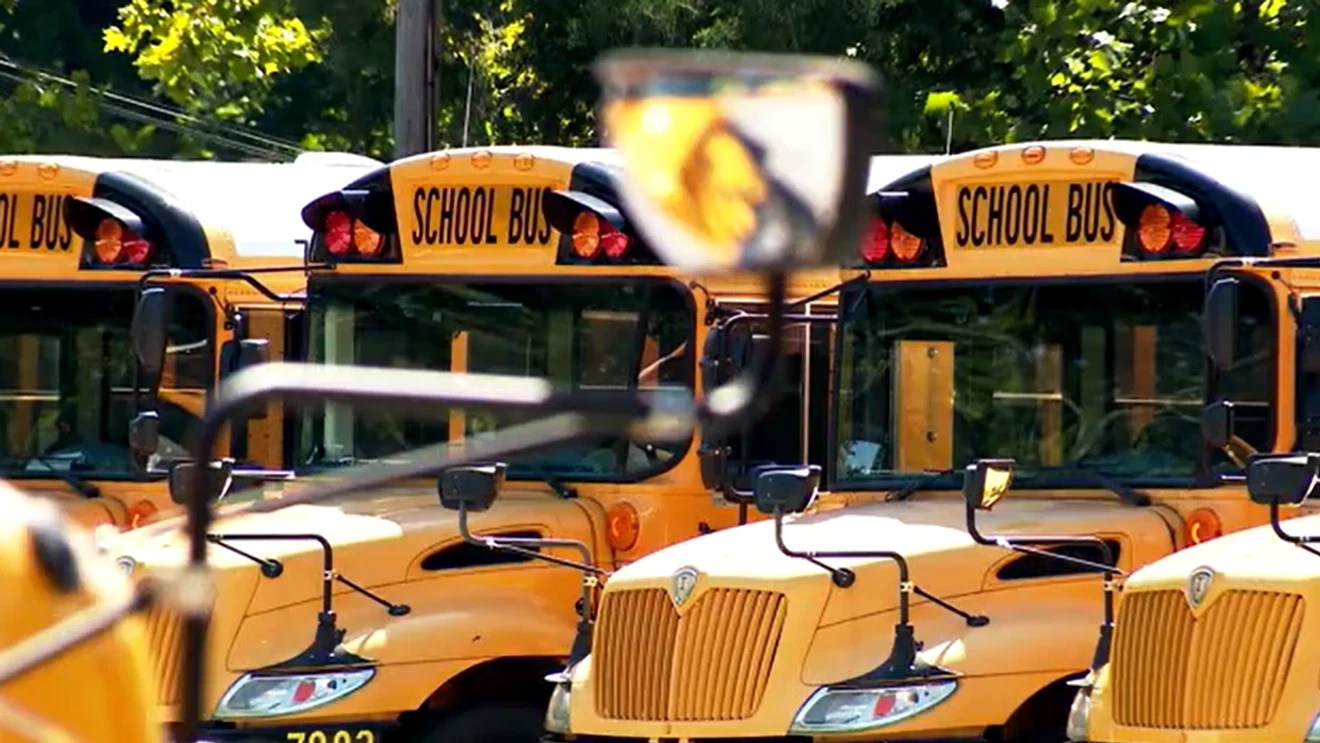
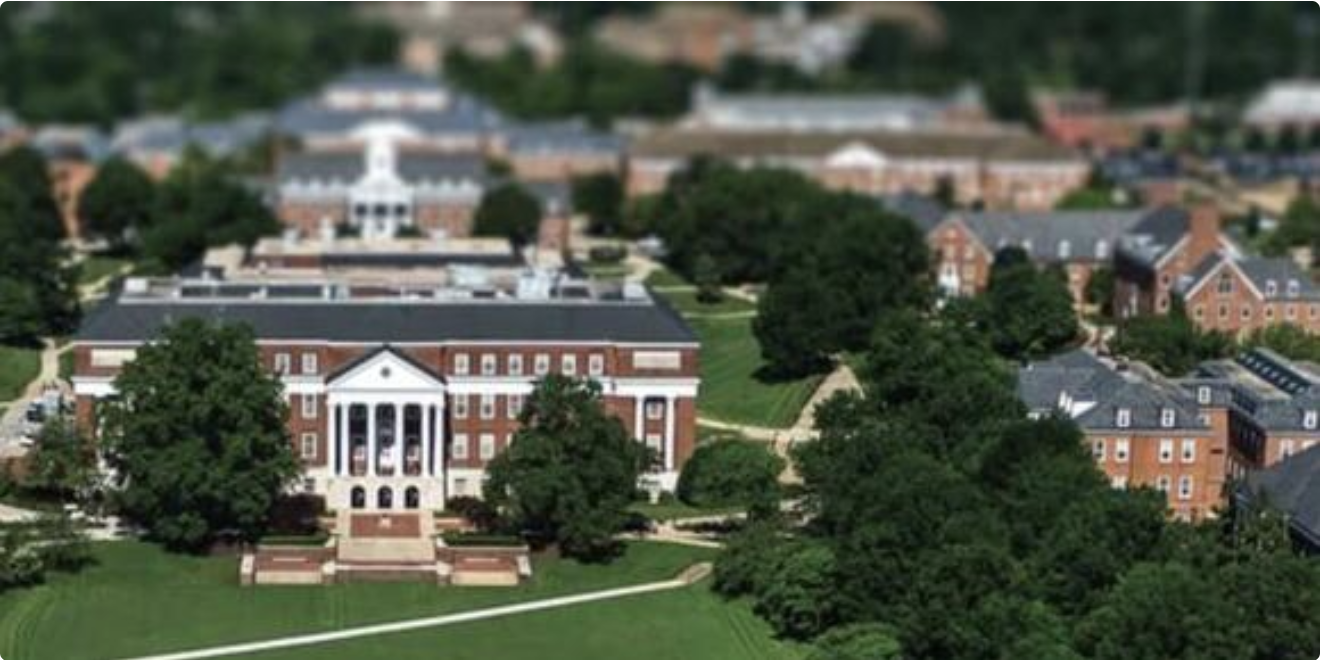
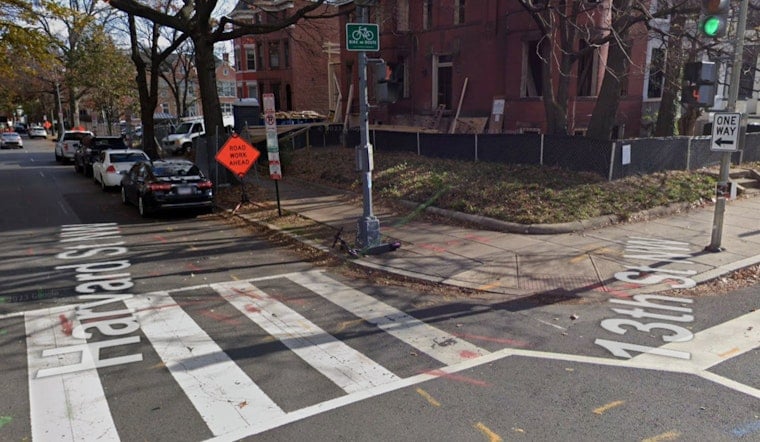
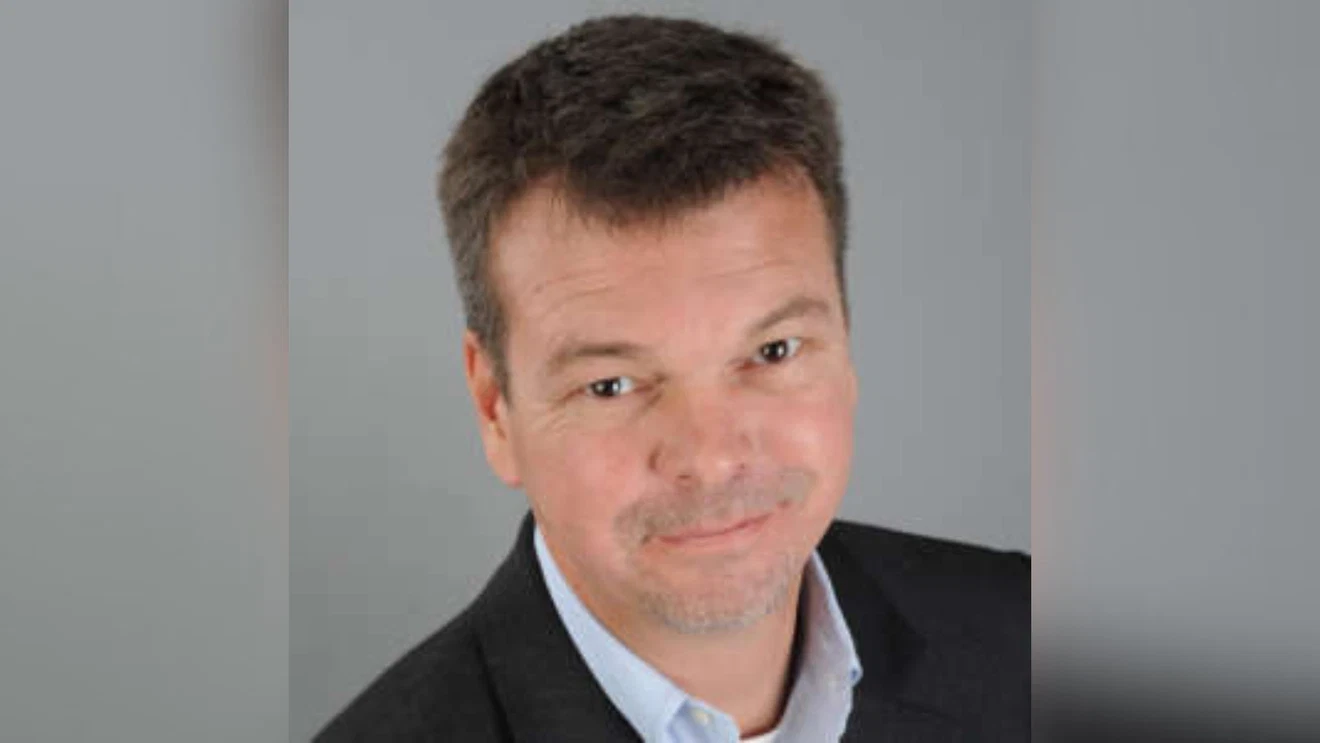
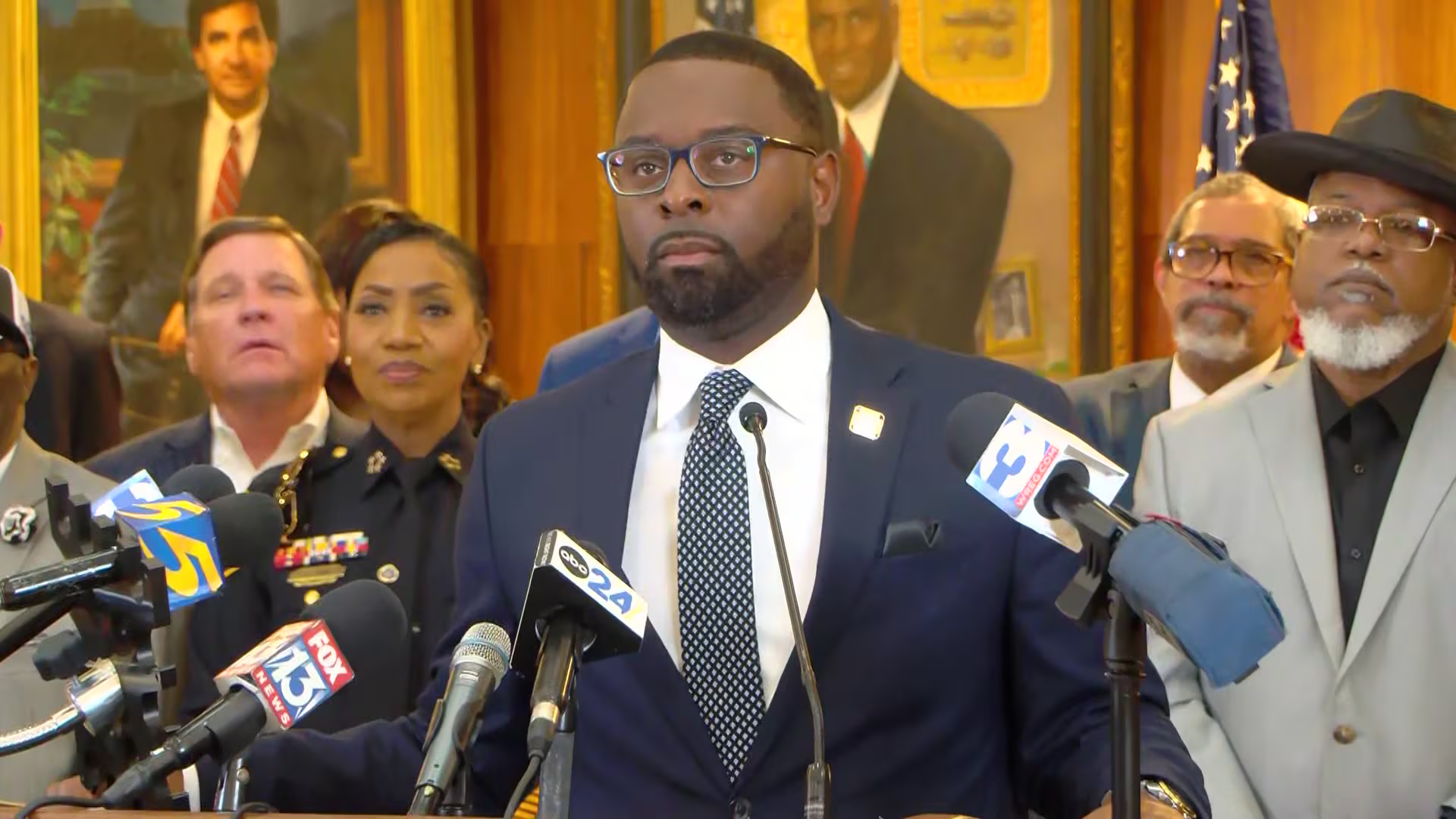
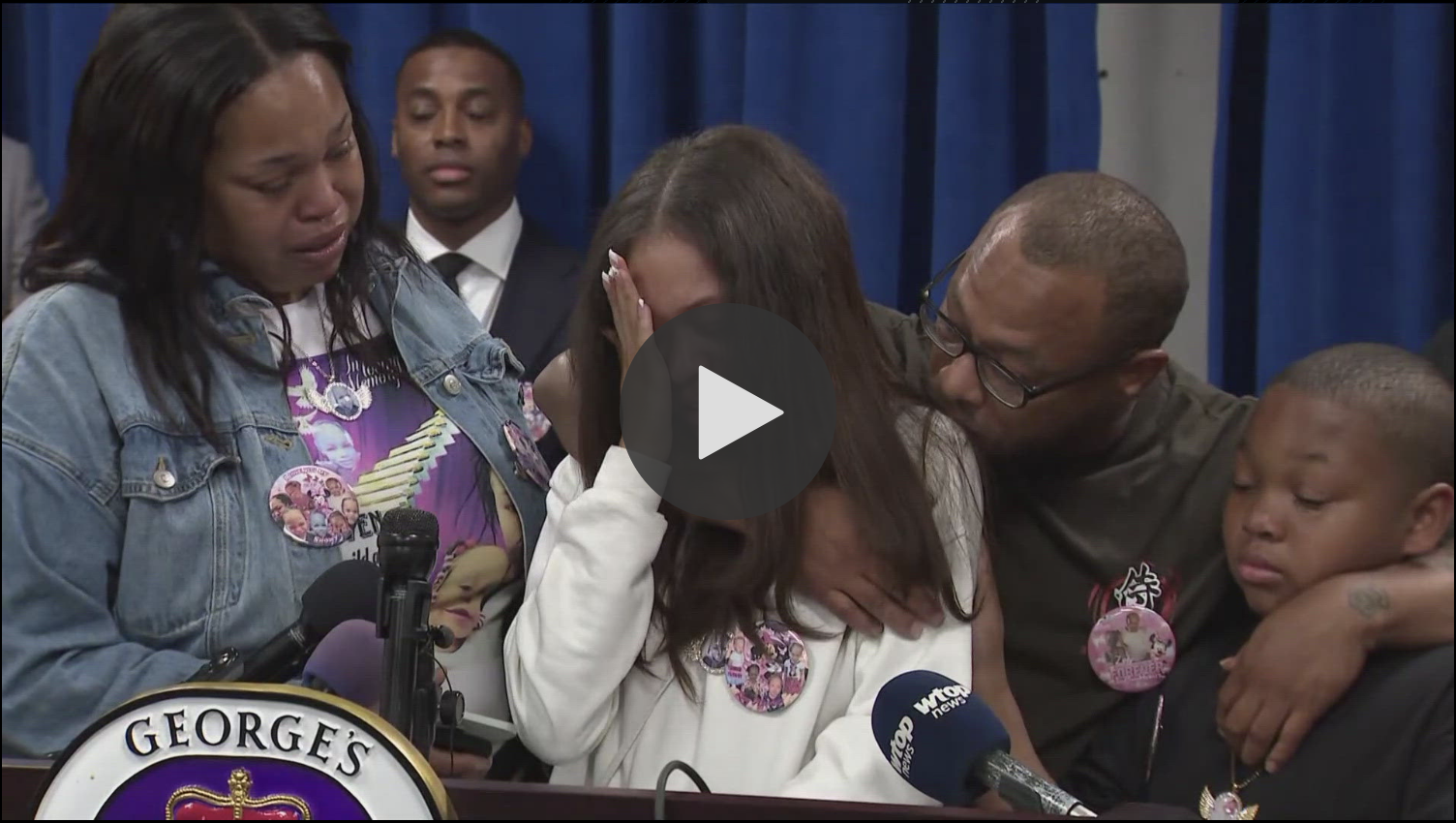
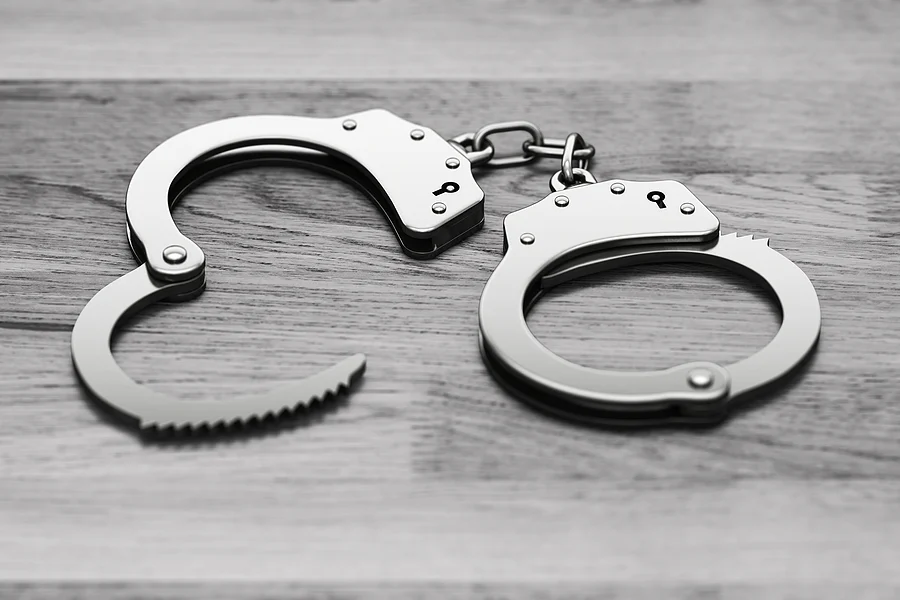
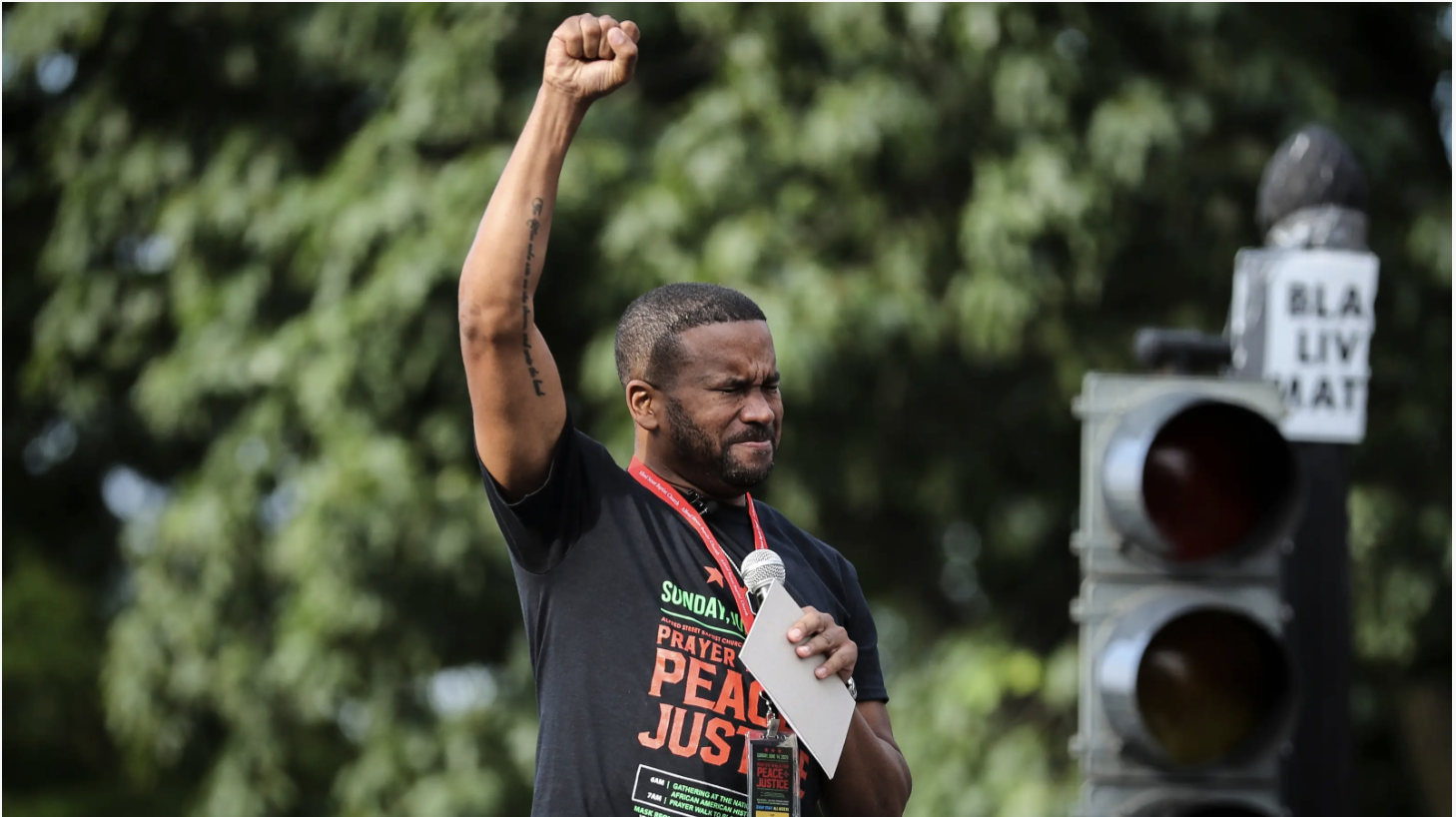
Leave a Reply